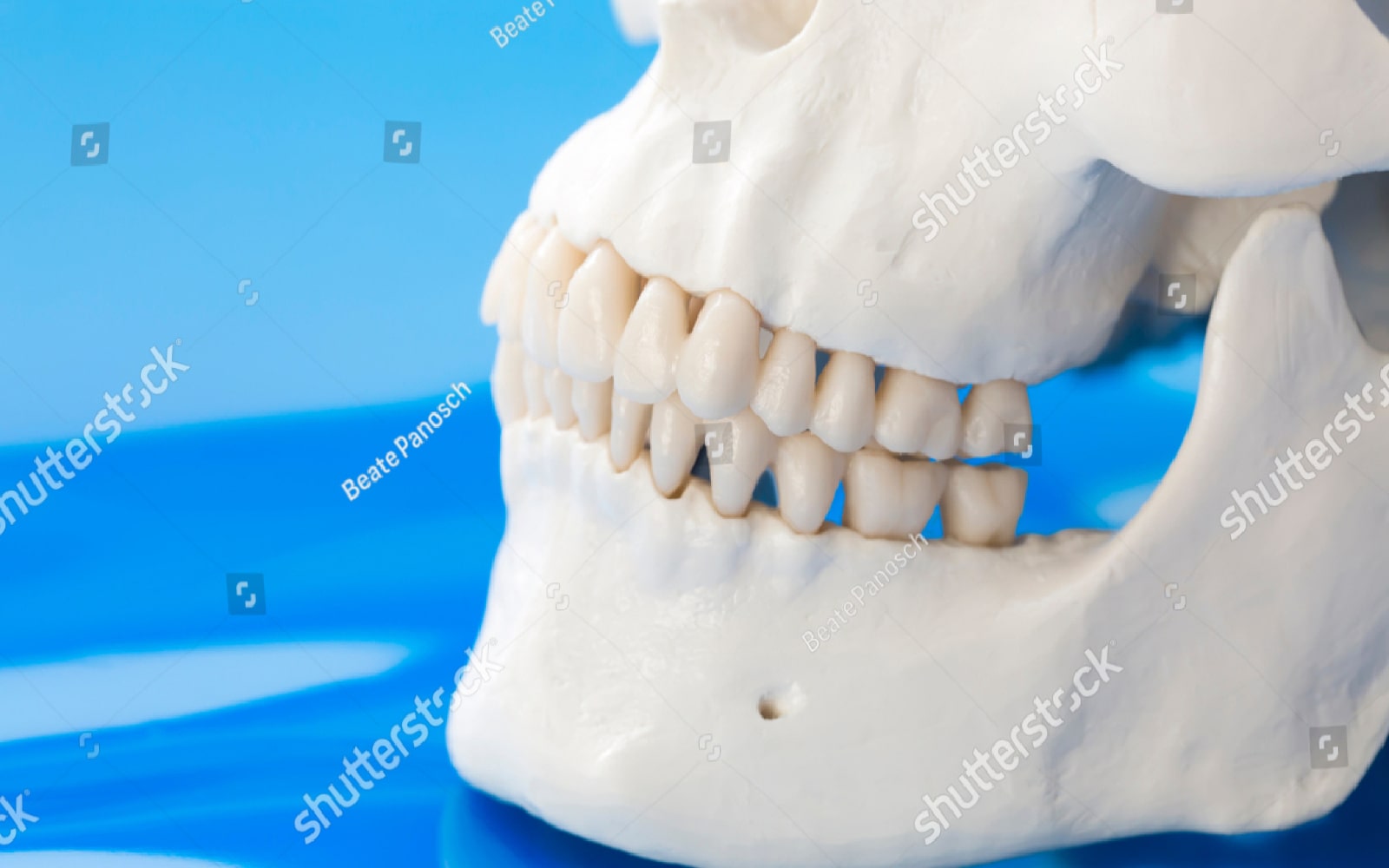Traumatized teeth need extensive care, and fewer extractions have been in recent years. Due to the influx of new techniques, tooth extractions have become discouraged amount dentists unless considered a last resort. When addressing diseased or traumatized teeth, dentists now have more tools on hand to treat issues with diseased teeth. Out of the many options out there, most dentists end up relying on endodontic therapy or osseointegrated implants. While these treatment options can provide successful results, determining which treatment option is better depends on how these treatments are planned and what conditions the patient faces.
How Are Compromised, Diseased Teeth Handled Today?
Dentists often have an unclear choice on whether to preserve or remove the damaged tooth completely. Compromised teeth can pose a huge dilemma for dentists in restorative, cosmetic, and endodontics. The diagnostic process relies heavily on consistent, repeatable evidence to proceed with treatment, but sometimes the evidence isn’t always clear. As emerging trends in dentistry work to maintain natural tooth function, techniques such as osseointegrated implants have begun challenging the idea of what preservation means for dentistry.
Guidelines such as those set by the ADA offer some explanation; if the tooth is intact, then it’s recommended that preservation should be performed with endodontic treatment. However, compromised teeth lack this requirement as they are often found in the “end-stage” failure. This type of failure cannot support reconstructive therapies due to infections and poor internal structure. Before this stage, compromised teeth remain, having some semblance of healthy tooth structure and on the verge of end-stage failure. Because of the fine place they sit, treatment options can vary and have created a confluence of discussions regarding the right treatment for patients with compromised teeth.
Due to these vast, complex issues, both osseointegrated implants and endodontic therapy offer similar benefits, so similar in the fact that they cancel each other out. In this case, it’s important to look at how these two treatments differ when faced with the factors that are always relevant to each patient. Below, these factors will be listed and analyzed, and hopefully, with this information, more dentists can make the best decisions regarding their treatment choices.
What Factors Should Be Considered For Implants and Endodontic Therapy?
Both osseointegrated implants and endodontic therapy are the main treatment options for compromised teeth. However, for the dentist unable to consider which options are best, here’s a comparison list of what factors these treatments can treat best and what should be considered before offering treatment to patients:
- Survival Rates: Survival rates matter when going through the decision-making process. These rates are debated when attempting to assess treatments. When looking at both implant and endodontic therapy, they ultimately measure the same. That is because these methods rely on retention to be successful. However, one of the biggest problems when measuring this factor is how studies label and define their evaluation criteria. As each study leaves an inconsistent definition of what survival rates mean, it isn’t evident when attempting to gather this information on a wider scale for better analysis. However, measuring survival rates should always look at the environmental framework in which these studies take place to assess their overall success truly. In this case, endodontic treatments are used when the active disease is present, and implants are most often performed with the presence of good oral health alongside few deteriorating teeth.
- Patient Factors: As always, patients are the unique factor determining all treatments. In these cases, it’s important to learn about their patient’s expectations, mainly because patients need to be informed of any possible consequences and risks with their treatment. For instance, patients wanting to save their teeth may not understand the consequences of their treatment and may end up wanting a treatment that is not clinically applicable to them but appeals to their needs as a patient. Besides this, patient-related factors such as growth phases, patient health conditions, medication reactions, and oral hygiene compliance must be considered when deciding on treatment.
- Aesthetic Concerns: Aesthetics has become a more prominent treatment factor over the last 10 to 20 years. When aesthetics are considered, endodontic therapy can also lead to an unaesthetic result, even though it’s a popular solution for endodontically damaged teeth. When looking at Implant studies, implants have a high aesthetic value and provide an overall attractive appearance firsthand. It’s only due to error, such as the implant being placed incorrectly, that it can cause drastic consequences to the patient’s aesthetics and can cause other issues such as implant malpositioning and soft tissue recession.
- Financial Status: A conversation less commonly discussed is their patients’ financial considerations. A patient’s ability to afford their treatments can highly affect the decision-making process for patients and dentists. Implant procedures tend to be more expensive than endodontic therapy, and other added procedures for preparing the implant placement can increase the costs over time. However, some dentists may argue that endodontic therapy can offer a more cost-effective solution when factors such as aesthetics, risks, and success rates are met.
- Risks and Complexity: Assessing the risks and complexity of compromised teeth is an ever-evolving conversation for dentists. Factors measured outside of the dentists’ expertise, including areas involving prosthodontic, endodontic, and periodontal factors, all need to be considered if the tooth can be saved without tooth extraction. When faced with a questionable tooth, extraction may present a safer alternative if the tooth has a high risk of end-stage failure. Although endodontic therapy can help preserve the tooth, it doesn’t wholly guarantee long-term success. This is true if other conditions such as periodontal disease, tooth fractures, and extensive decay are also present. In some cases, endodontic therapy can cause issues for implant placement later on, including reabsorption and soft-tissue reconstruction.
While each patient’s smile requires a unique approach, finding alternative solutions can help dentists with the tools they need to move beyond the standard form of treatment and achieve long-term oral success. Schedule an appointment with your local endodontist today for more information about which treatment is right for you.





